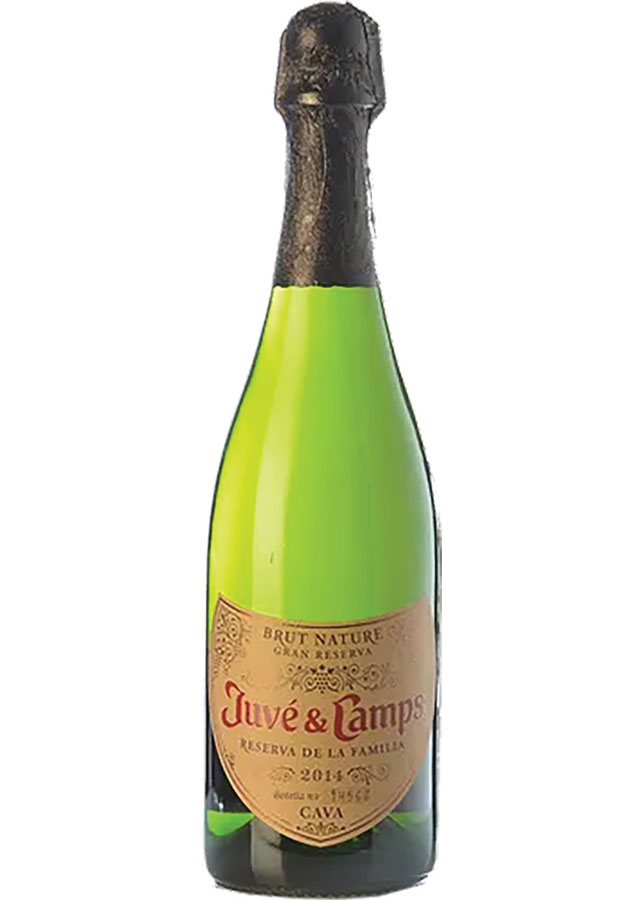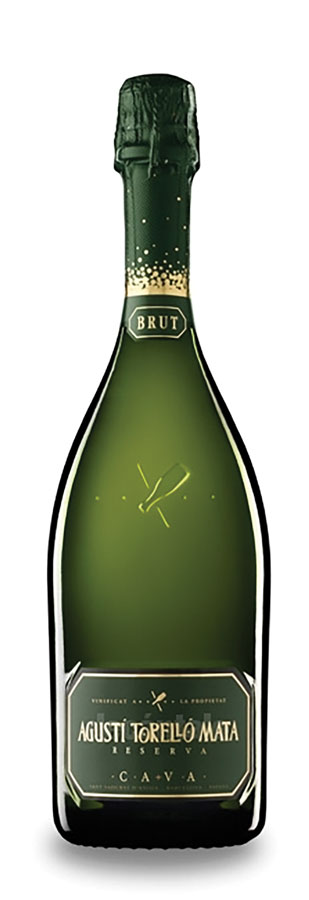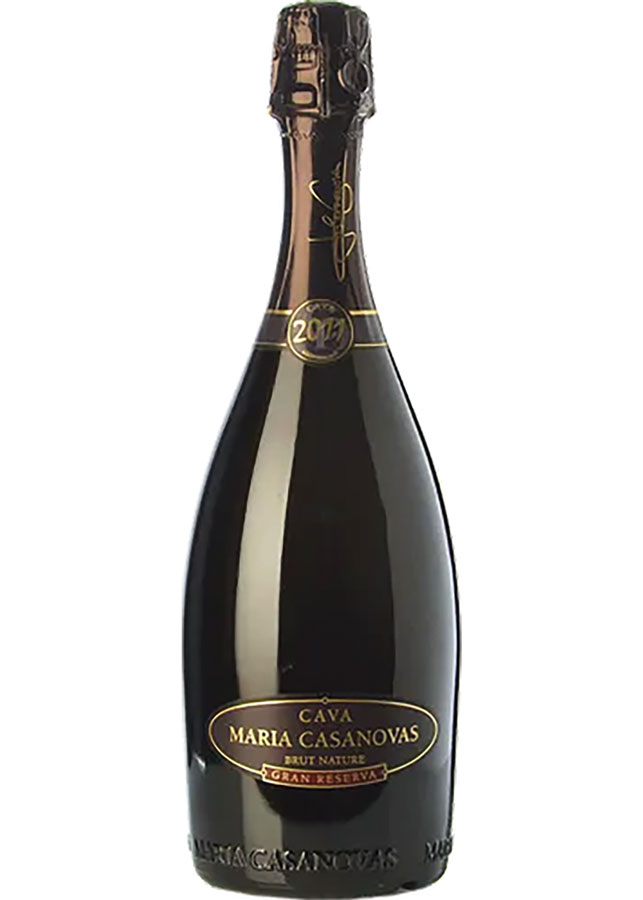Julie Dupouy likes this effervescent Spanish charmer…
France has fine Champagne, Italy has charming Prosecco. Spain’s DO offering is a little more mysterious – Cava. Over 70 per cent of Cava wines produced are sold outside Spain so it has clearly captured an audience. But what does it offer consumers? As St Valentine’s day approaches, I am exploring this delicious quality sparkling wine which has the wind in its sails at the moment. Its value for money and outstanding quality makes it the perfect choice of bubbly for a special romantic moment…
CLEVER CAVA BUYS

Cava Gran Reserva, Reserva de la Familia, Juvé y Camps, Brut Nature, €28; www.celticwhiskey shop.com.

Cava Reserva, Agusti Torello Mata, Brut (organic), €30; www.siyps.com

Corpinnat, Gramona Impérial Brut, €51; www.greenmanwines.ie.

Cava Parés Baltà, “B”, Brut (organic), €27.95; www.mitchellandson.com.

Cava Gran Reserva, Maria Casanova, Brut Nature, €32.95; www.64wine.ie.

Cava Reserva, Stars, Perelada, €26.95; www.boutiquewines.ie.
The region of Peñedes, in Catalonia, is the heartland of Cava production. Almost 95 per cent of the wines labelled as Cava are born there. It is also the historical centre of the Cava story. In 1872, wine producer José Raventos started making sparkling wine in Sant Sadurní d’Anoia, inspired by a trip to Champagne. At the time, he decided to call it Xampagny in Catalan or Champaña in Castillan – a nod to French Champagne. The new denomination “Cava” was adopted in 1959. A cava is an underground cellar in Spain – dark and cool, it is ideal for bottling and maturing sparkling wines.
When Cava is not produced in Catalonia, it can come from the regions of Aragon, Estremadura, Rioja, Navarra, Pays Vasco or Valencia. Because of the wide array of soils and climates that define these regions, as well as the broad choice available when it comes to grape varieties, Cava wines can differ greatly. Another important part of the character of Cava is linked to the length of time its spends maturing in the cellars before being released onto the market.
Cava (sometimes labelled Cava de Guarda) is the youngest style found on the market. The wine must age in the bottle for at least nine months before being sold. Light, fruity, crisp, with a charged effervescence, it is an ideal aperitif, with light canapés, seafood or sushi.
Cava Gran Reserva considered a gastronomic wine for its outstanding personality and complexity, must spend at least 30 months ageing…
The new “Cava de Guarda Superior” category includes wines that have been aged for a longer time. Those wines are labelled as Reserva, Gran Reserva and Cava de Paraje Calificado.
Interestingly, the Cava DO is also set to offer 100 per cent organic wines in this category by 2025. Cava Reserva must be aged for a minimum of 18 months. The extra maturation adds aromatic complexity and depth to the wine. Reserva wines complement refined dishes such as pan-seared scallops served with charred leeks and a buttery, citrus sauce, but their versatility makes them a perfect choice for more casual dining. Try them with French fries and mayonnaise or with smoked mackerel pâté on toasted rye sourdough.
Cava Gran Reserva , considered a gastronomic wine for its outstanding personality and complexity, must spend at least 30 months ageing before leaving the cellars. It displays a very fine effervescence and plenty of “autolytic” aromas of pastry, dried fruits and hints of smokiness as well as a beautiful savoury profile. For this reason, the category calls for intense and luxurious dishes packed with umami such as panfried foie gras served with toasted brioche or a mature rib of beef served with black garlic, sesame seed and shitake mushroom sauce.
Cava de Paraje Calificado means “from a specially selected place”. These wines come from registered single vineyards recognised for producing truly special and unique wines. Today, only a dozen wines have earned this recognition. They must be aged for at least 36 months. They pair especially well with umami-rich foods such as Japanese cuisine, as well as blue cheese and mushrooms.
Rosé Cava wines take their colour from the skin of red grapes. They tend to display more intense red fruit aromas than their white counterparts and can be labelled with the same maturation terms. Paella, lobster, cold meats and vegetable-based dishes are all lovely options to serve with Rosé Cava.
Cava’s effervescence is produced the same way as Champagne – by the “traditional method”. This consists in creating a second fermentation inside a closed bottle by adding sugar and yeasts to a still wine. The carbon dioxide produced during the fermentation is then trapped and dissolves in the wine, creating bubbles.
Cava is traditionally made from the local white grape varieties Macabeo, Parellada and Xarel-lo which confer unique tastes and characters. Other grapes such as Chardonnay, Pinot Noir, Trepat, Garnacha or Malvasia can also be used. White Cava is mostly made from white grapes while in Champagne, it is more common to produce white Champagne from a blend of white and red grapes. The younger the Cava, the cooler the temperature of service. Cava de Guarda should be enjoyed at around 6-8°C to highlight its freshness and brightness. For more mature Reserva and Gran Reserva wines, a temperature of 10-12°C allows their aromatic complexity to shine and reveals their luxurious and creamy texture. Tulip-shaped glasses allow the full aromatic expression of the wine to be revealed while also allowing a pleasing perception of acidity and effervescence on the palate. @julie_dupouy




